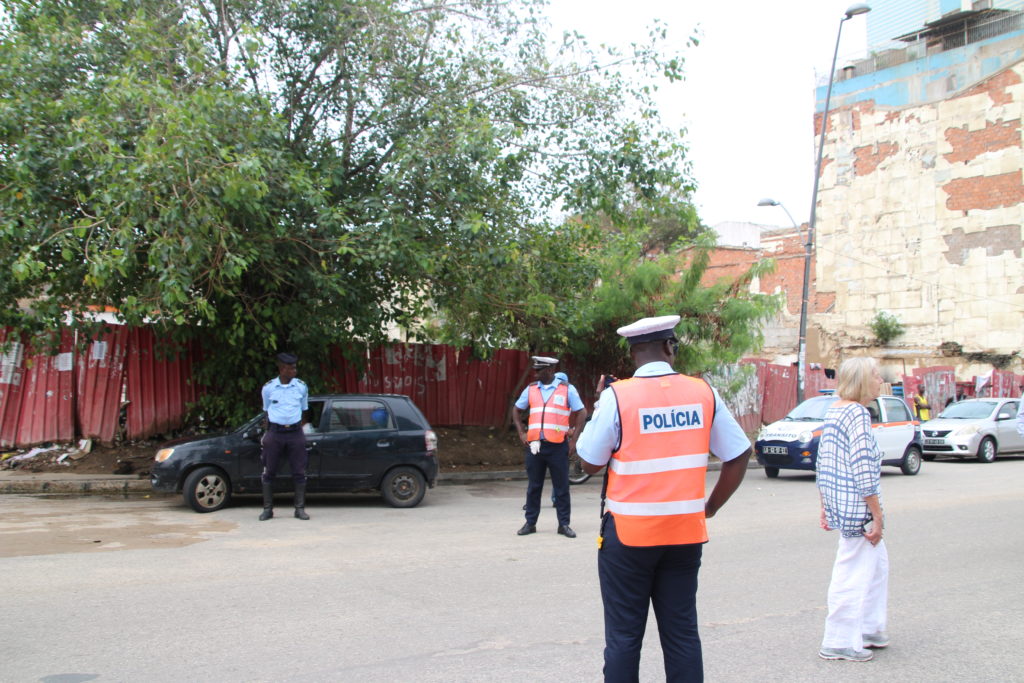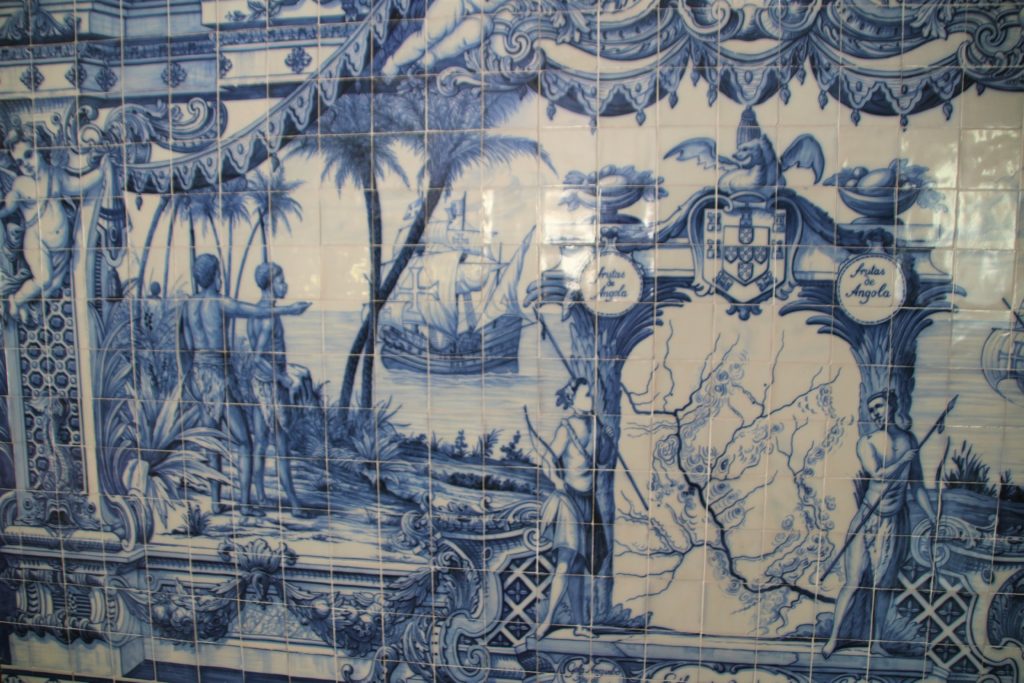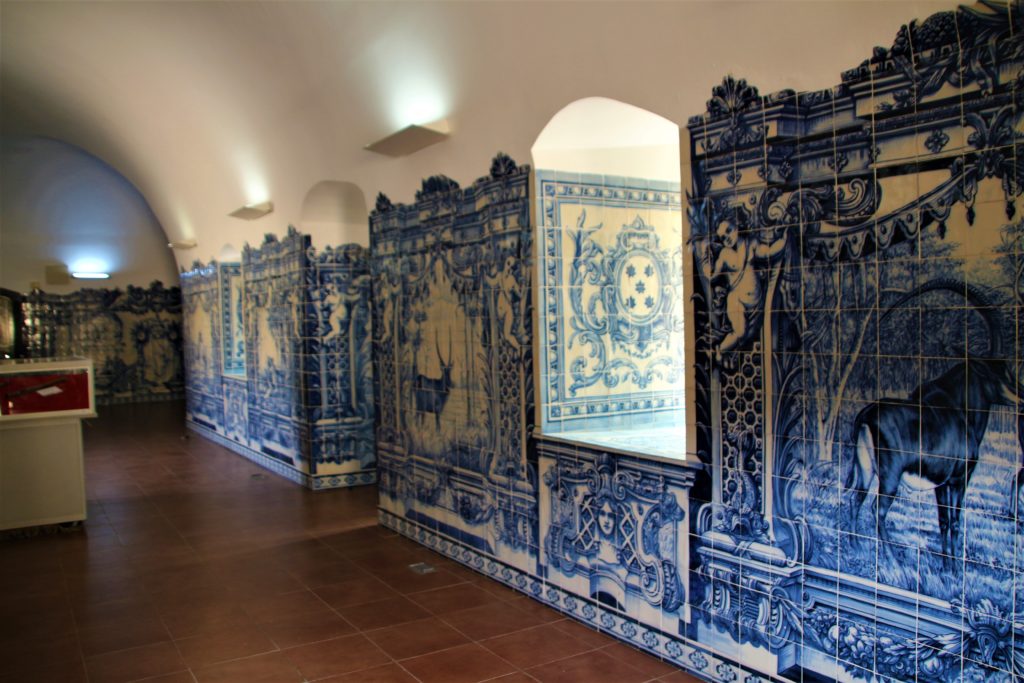
1 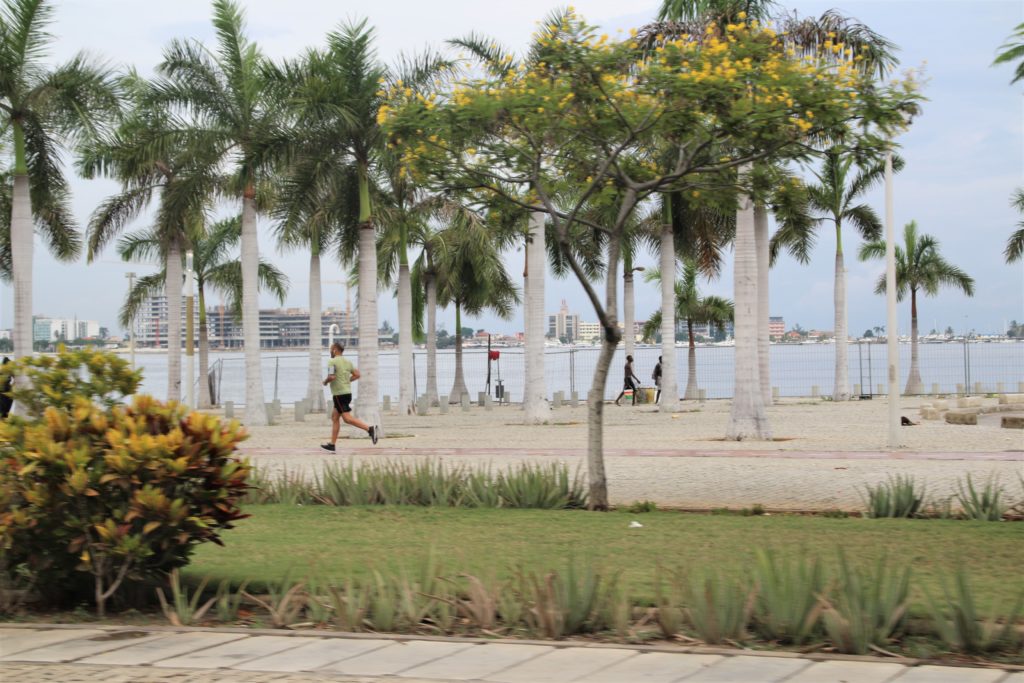
2
We spent a brief day in Luanda, the capital of Angola. Angola’s history is in many ways similar to other west African countries we visited. It was heavily involved in selling people into slavery, particularly into Brazil. It was colonized by several different European powers but finally and predominantly by Portugal. It gained independence from Portugal in 1975 after more than a decade of guerilla war against the Portuguese. This was soon followed by bloody and brutal internal conflicts with various participation by the United States, the Soviet Union, and Cuba. These armed conflicts seemed to have calmed since about 2010, but corruption and political conflicts are still rampant. Angola has great oil and diamond resources and is a relatively wealthy economy, but corruption, booms, and busts leave most people poor. Still Luanda, a city of approximately 8 million people, about one third of the national population, is considered one of the most expensive cities in Africa. I am not sure I understand this but it seems that there are 2 economies: one for very wealthy people in oil and other types of industry and one for everyone else. It also seems to be a bit of a “Potemkin” village. It presents a façade of prosperity and modernity. But I am told many of the high rises and much of the great shopping mall are vacant. Some high rises are stopped mid-construction as the price of oil and corruption make them less profitable investments. At the time of our visit BBC and financial news outlets, prominently featured stories about the beautiful billionaire, Isabel dos Santos, who is said to be Africa’s wealthiest woman. She is the daughter of Angola’s recent past president and she personally owns many of Angola’s industrial and business assets. The current government has charged her with embezzlement of billions of dollars of the country’s wealth. She has been living in another country which has no extradition agreement with Angola.
We arrived on a national holiday. Most businesses were closed and most people were in their homes. However, we were treated to an escorted tour of official museums and sites. Escorted is the key word. This was the first country where we not only had police escorts, but ambulances with EMT’s and a fire truck were on the pier when we got off the ship. Our temperatures were taken, we were squirted with hand sanitizer and sprayed with mosquito repellant as we stepped off the gang way.
Government Buildings and Monuments

1 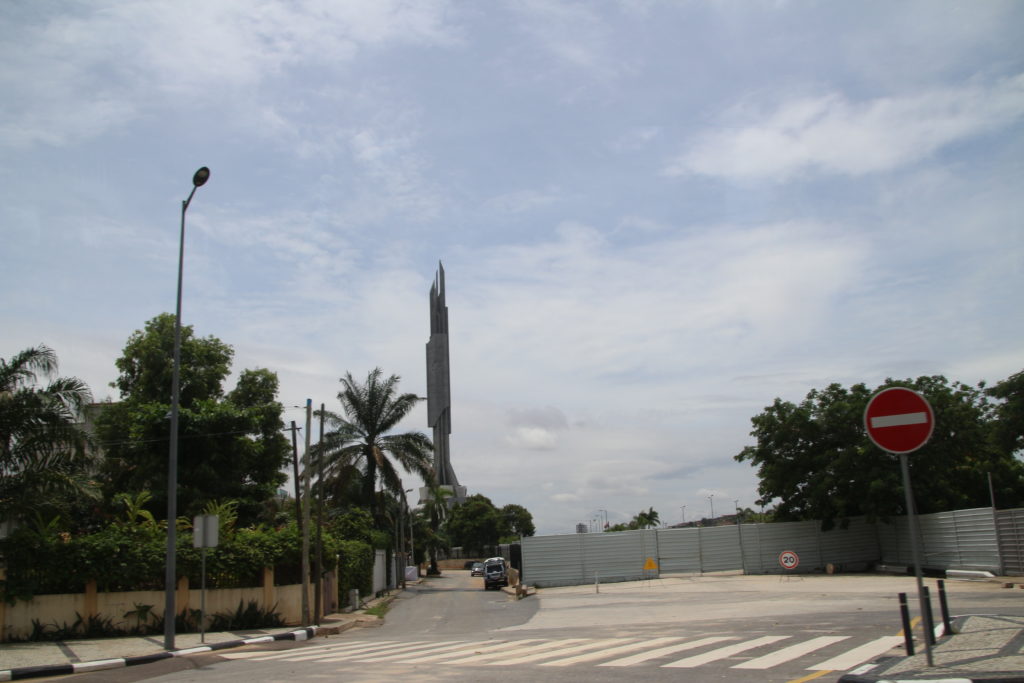
2
Augustinho Neto fought against Portuguese for independence. When he became Angola’s first president, he aligned with the Soviet Union and Cuba. His rocket shaped mausoleum was built by the North Koreans.
It is not surprising that a country that spent more than 5 decades in conflict would have a military museum. The Sao Miguel Fortress is an aesthetically beautiful one. There are prop airplanes, cannons, guns, military vehicles, weapons of all sorts and statues of military heroes. There are pieces of wrecked enemy planes. Most impressive to me, however, were the large display halls done completely in the Portuguese style ceramic tile called azulejo. The walls of the display rooms illustrate the history of Angola from its “discovery” by the Portuguese, through its history in the west African slave trade to more modern times. It is exquisite.
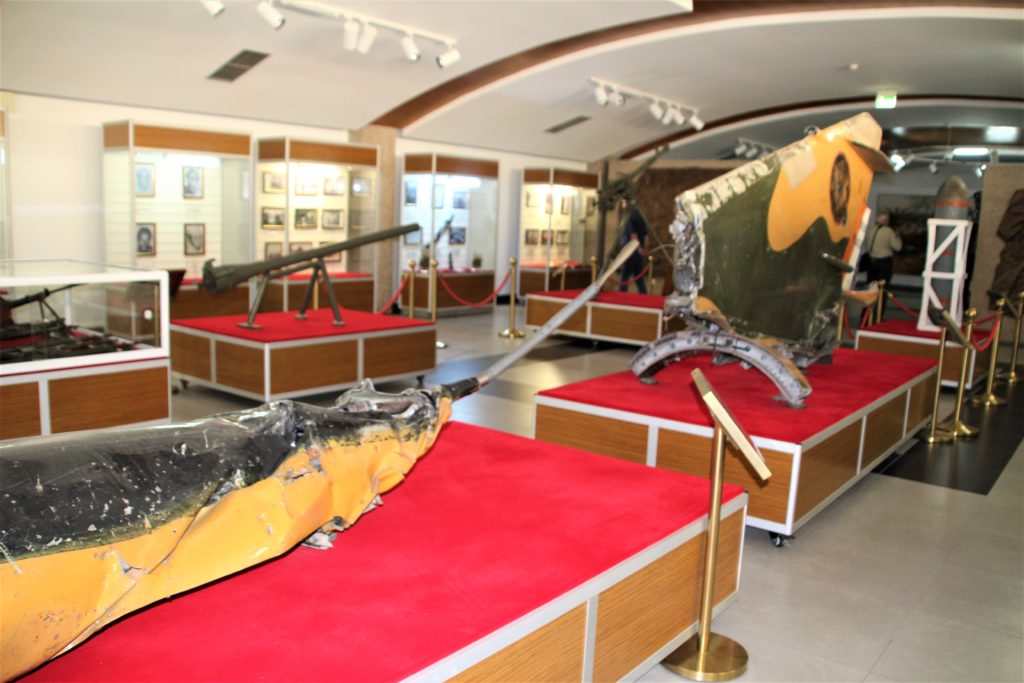
1 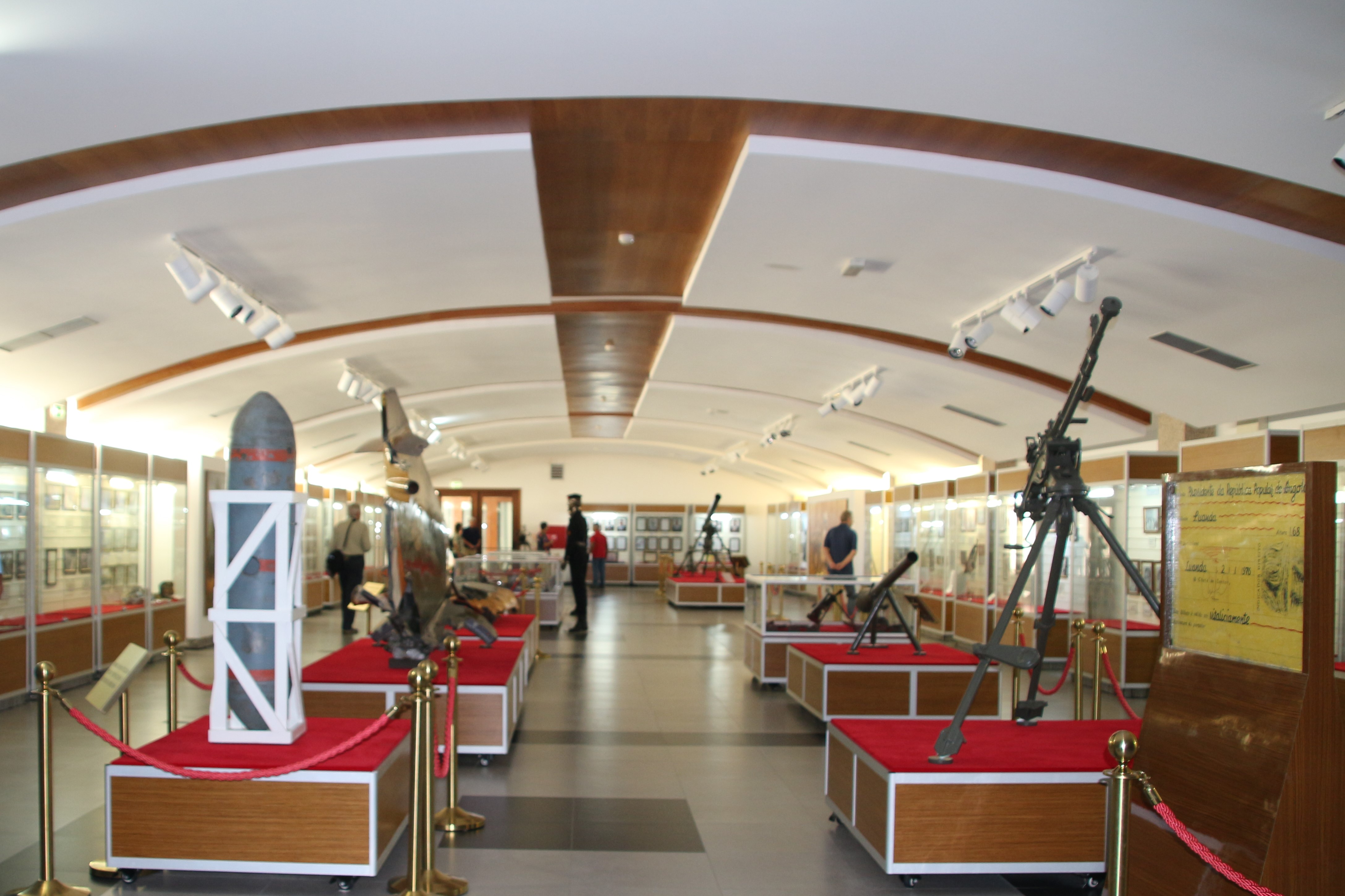
2
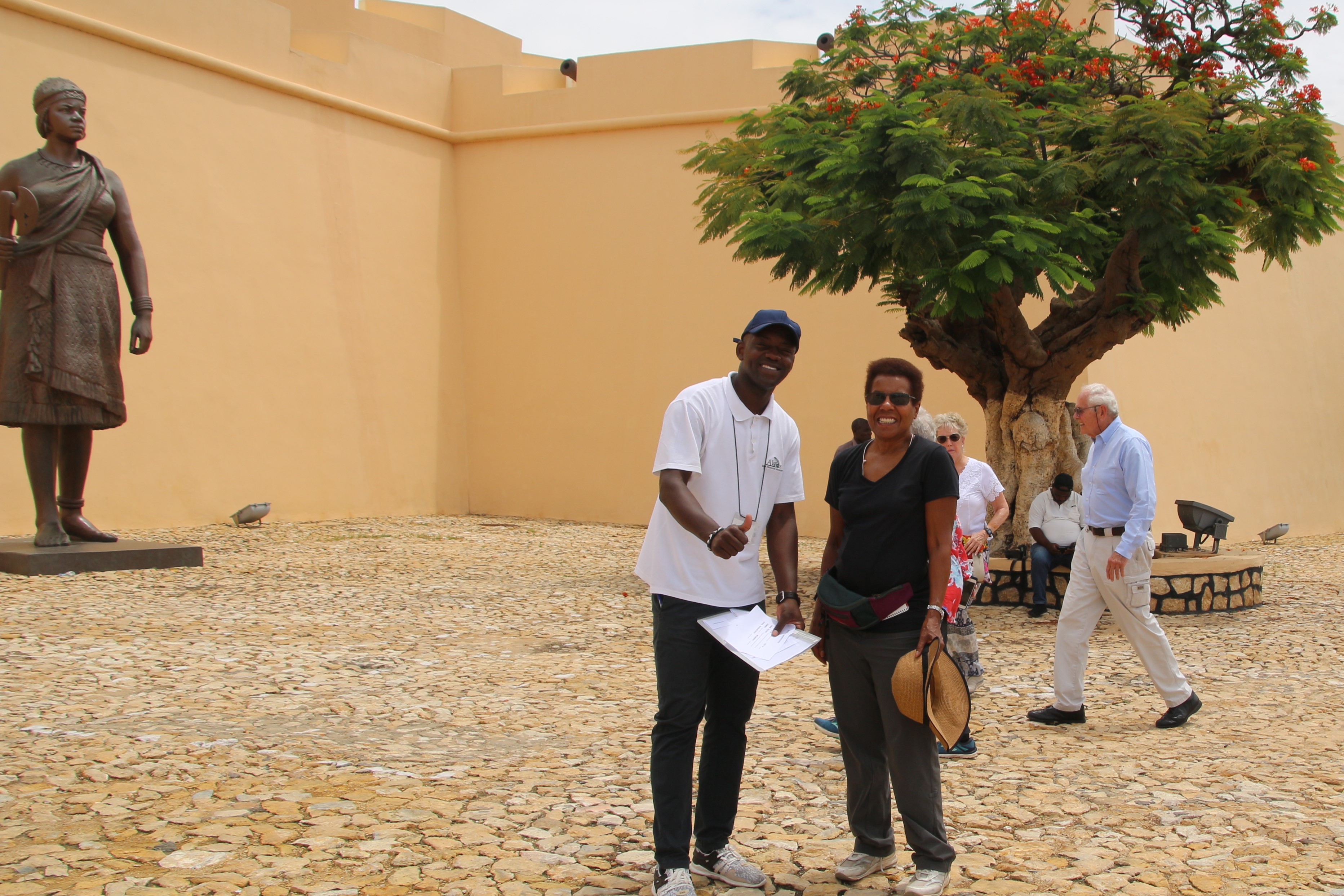
Street scenes
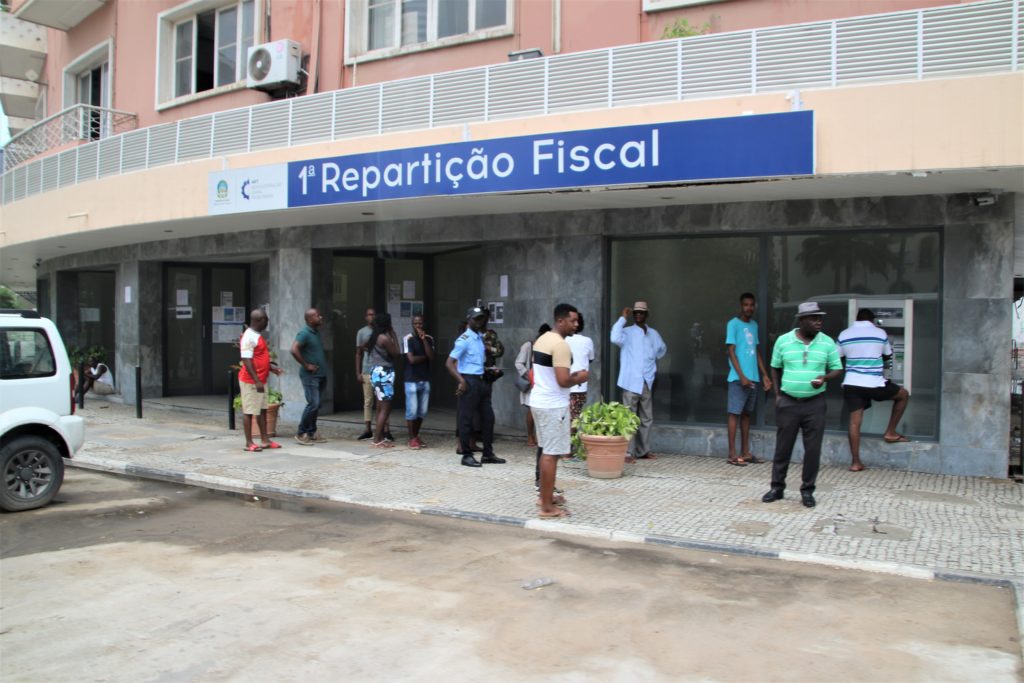
1 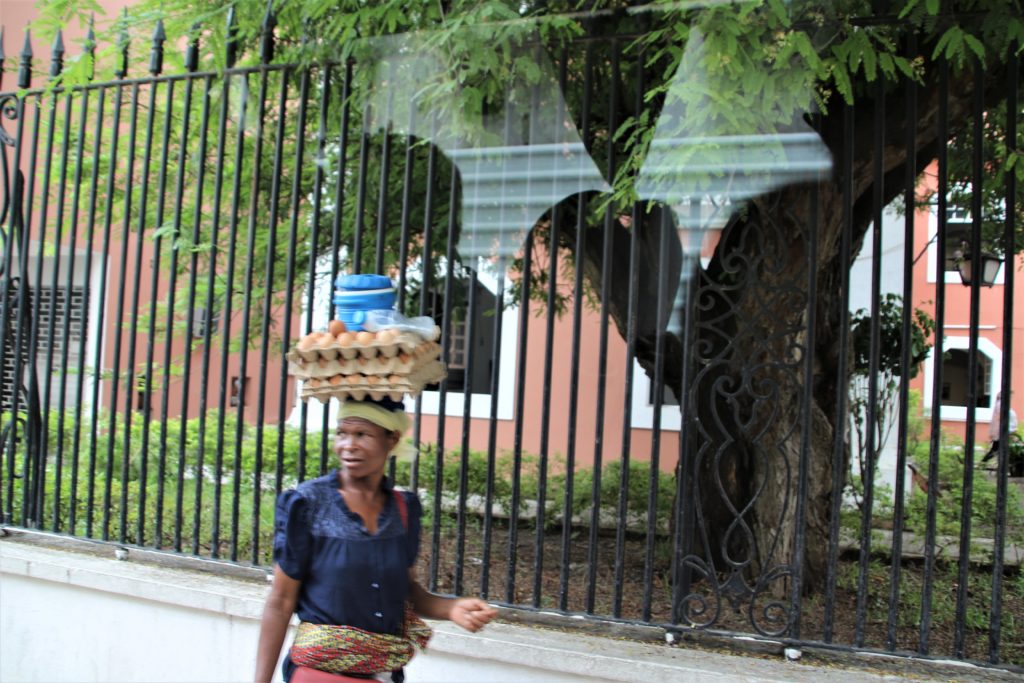
2 
3
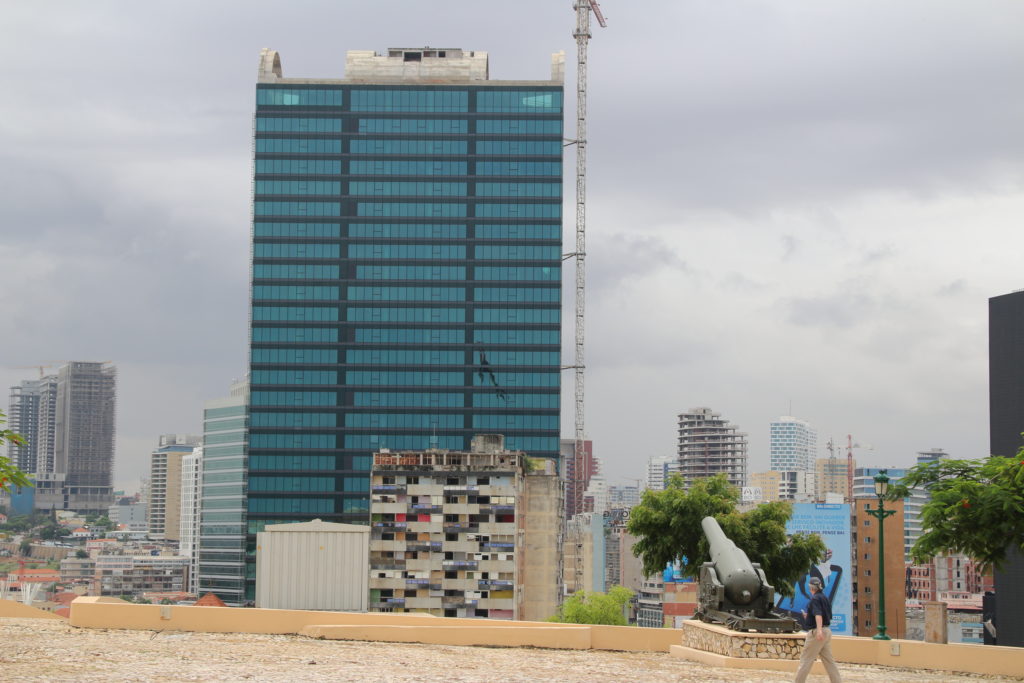
4 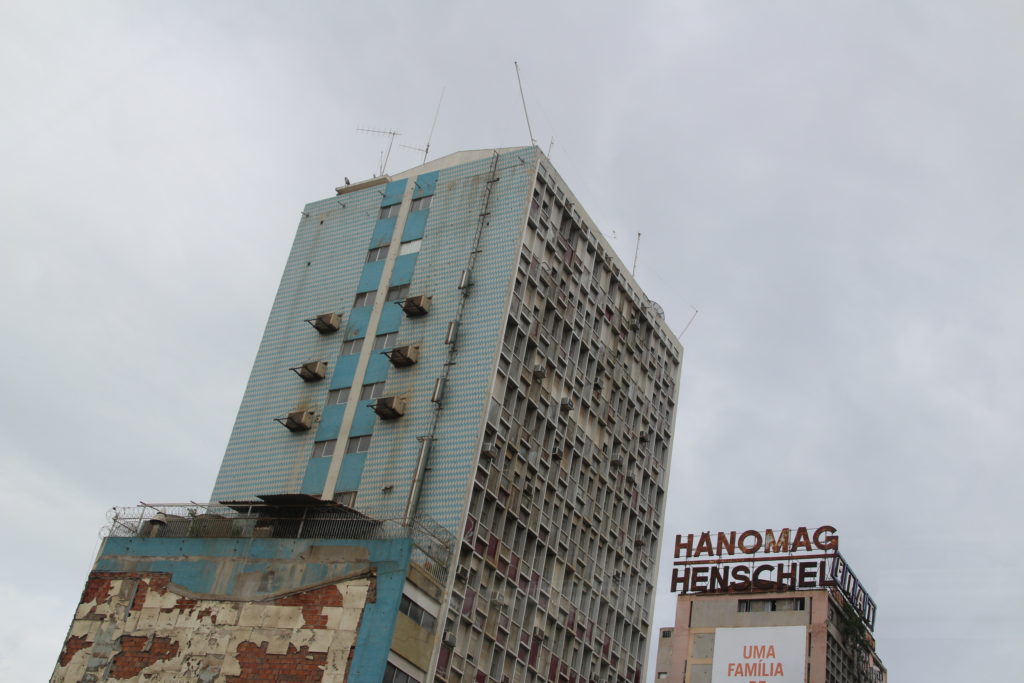
5
Trying to understand better Luanda’s reputation as one of the most expensive cities in Africa, I asked our tour guide how much would it cost to rent an apartment in one of the nearby buildings. He never gave a figure, but explained it depended on whether or not the apartment had “utilities”. He somewhat reluctantly explained that some of the buildings did not have running water. Residents have to buy water and carry it up to their apartment.
Because of the national holiday, the city of Luanda was quiet and many of the streets were deserted. I am not sure I saw a good representation of daily life, but what I saw was a clean, quiet, pleasant city with a noticible degree of contrasts in life styles. Our escorted tour did not go outside the city.
Linda
